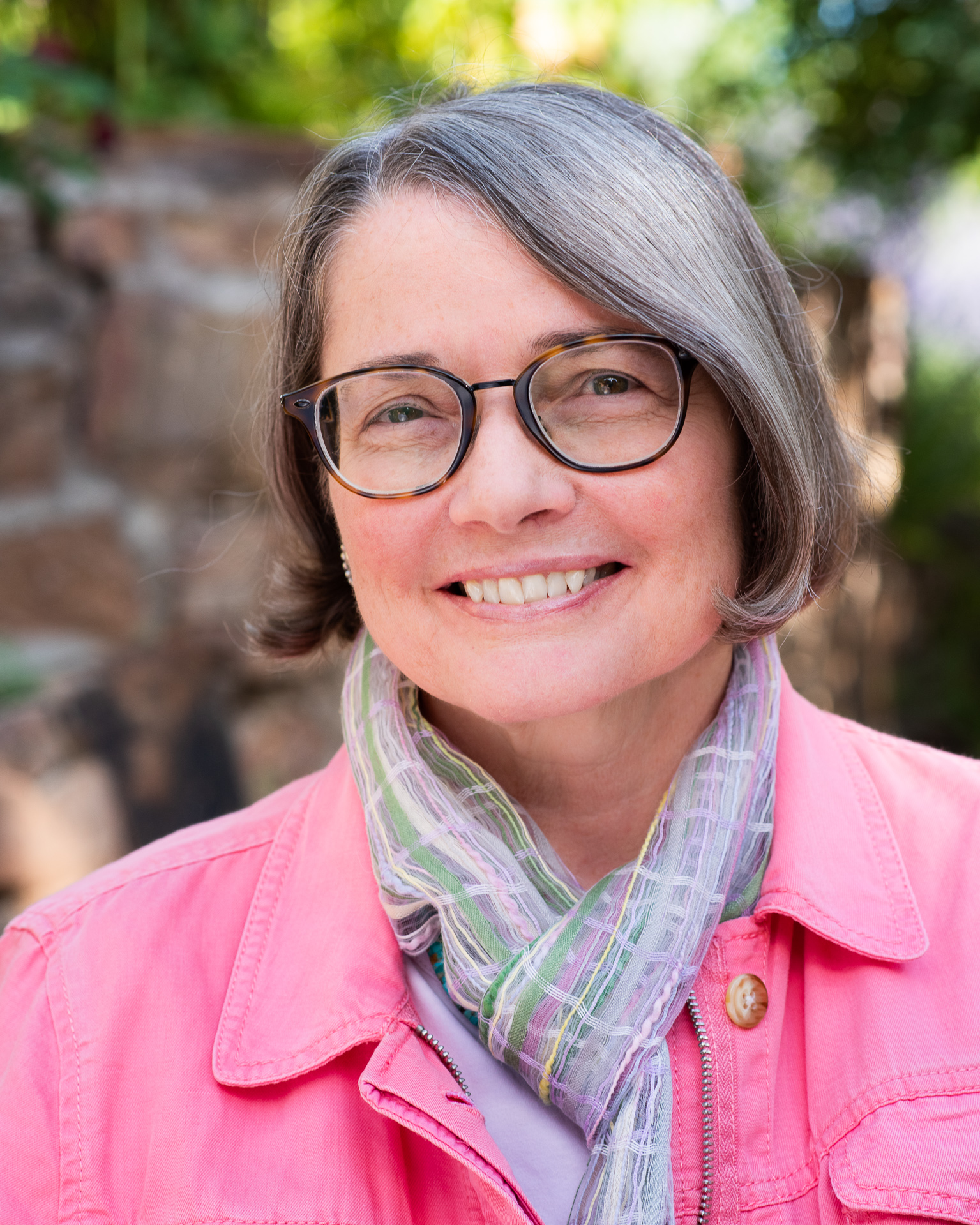SUMMER SCHOLARS / 2019

Marilyn Norcini, PhD
2019 William Y. and Nettie K. Adams Summer Scholar
Pablita Velarde: Making a Living as a Native Artist
In “Pablita Velarde: Making a Living as a Native Artist,” Dr. Norcini intends to provide a better understanding of the dynamics of economic change in Native American societies from the perspective of an individual woman artist. The book-length manuscript will examine the financial history of Velarde’s fifty-year career as a professional visual and literary artist.
An entrepreneur who operated a Native arts business from her home-studio in Albuquerque, New Mexico, Velarde was also a New Deal artist (PWAP, WPA, CCC) who trained at the Santa Fe Indian School Studio and later created her own brand, Pablita Velarde (1916–2006). She is a transitional artist in the history of Native American art: her aesthetics and economics bridged the first generation of Pueblo genre painters and the second generation of Institute of American Indian Arts fine art modernist painters. She was an easel painter, muralist, Pueblo and Navajo cloth doll maker, public speaker, and author-illustrator of a children’s book on Pueblo stories (Old Father Story Teller, 1960). Her licensed and copyrighted designs were reproduced as prints, tiles, coins, and textiles.
Boasian anthropologists shared with Velarde a desire to document and preserve traditional arts and cultures. Modern scholars approach art and anthropology by reimagining objects as social biographies of material culture that transcend cultural categories. Using a new critical ethnography of art, these scholars contextualize aboriginal art as work that circulates within a global and political economy.
Dr. Norcini aims to expand the literature on Indigenous arts in the history of anthropology with a research methodology that employs quantitative data and analysis. Her project is an economic study of Pablita Velarde as an individual Native artist. This financially informed artist biography situates Velarde within a dramatic economic transformation of the twentieth century—the transition from a Pueblo agricultural subsistence economy based upon community labor to a global market economy based upon wages and individual labor. It documents how Velarde applied her talent, courage, strong work ethic, perseverance, and quick wit to establish a Native-owned art business and make a livable income. In the process, Pablita Velarde became a role model for a new full-time occupation: the self-employed, professional Native woman artist.
Affiliation at time of award:
Consulting Scholar, American Section
University of Pennsylvania Museum of Archaeology and Anthropology
Photo by Jo Andrews.
Generously supported by the William Y. and Nettie K. Adams Fund.